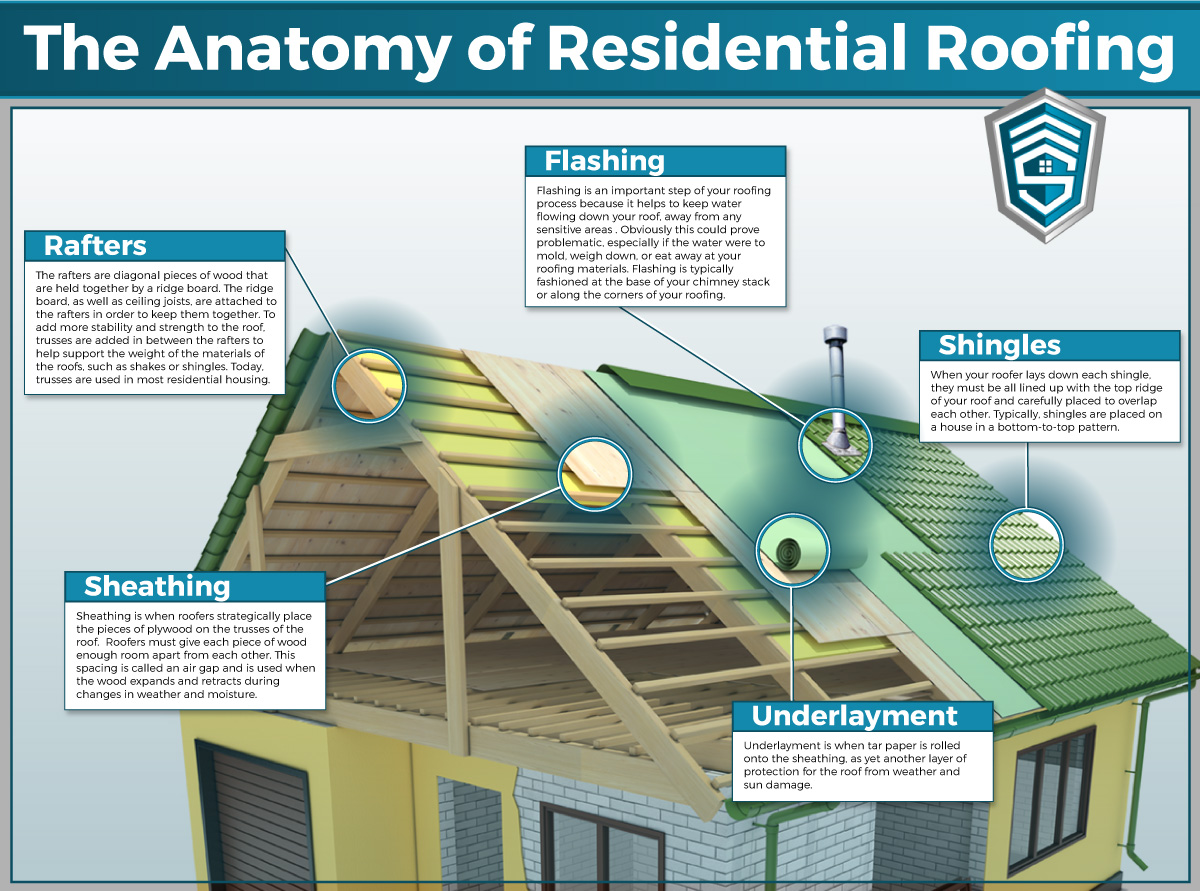Neglecting Roofing Air Flow Can Result In Expensive Damages; Discover The Key Elements That Guarantee A Successful Setup And Protect Your Financial Investment
Neglecting Roofing Air Flow Can Result In Expensive Damages; Discover The Key Elements That Guarantee A Successful Setup And Protect Your Financial Investment
Blog Article
Post Writer-Caldwell Thomsen
When you're dealing with a roof job, you might not think much about roof air flow, however it's even more crucial than you realize. Effective ventilation aids manage temperature level and dampness in your attic room, protecting against issues like mold and mildew and architectural damage. By comprehending how to create and install a well balanced ventilation system, you can boost energy effectiveness and prolong the lifespan of your roofing materials. So, what are the essential aspects to take into consideration during setup that can make all the distinction?
Value of Roof Covering Air Flow
Roof covering ventilation plays an essential role in preserving the general health and wellness of your home. By allowing fresh air to distribute with your attic room, it helps control temperature and wetness degrees. This balance is essential to protect against warm buildup during hot months, which can bring about raised energy expenses as your a/c burns the midnight oil.
Moreover, correct ventilation substantially reduces the risk of moisture-related issues like mold and mildew. If moisture degrees increase, your home's structural integrity can be jeopardized, causing costly repair services. You would not wish to deal with decaying timber or distorted roof covering materials, right?
Additionally, adequate air flow expands the life-span of your roofing system. When warm and moisture are kept in check, your roofing system can do ideally, stopping premature wear and tear. This means fewer frustrations and expenditures down the line.
Just How Roof Ventilation Works
Efficient roofing system air flow counts on the all-natural activity of air to produce a balance between intake and exhaust. When you set up vents, you're essentially allowing fresh air to enter your attic while enabling warm, stagnant air to leave. This procedure helps regulate temperature level and dampness degrees, protecting against issues like mold growth and roof covering damages.
Intake vents, normally discovered at the eaves, draw in cool air from outside. Meanwhile, exhaust vents, situated near the ridge of the roofing, allow hot air rise and leave. The distinction in temperature develops an all-natural air movement, called the pile result. As cozy air surges, it produces a vacuum that draws in cooler air from the lower vents.
To enhance this system, you require to guarantee that the intake and exhaust vents are appropriately sized and placed. If the consumption is limited, you will not attain the preferred air flow.
Similarly, inadequate exhaust can catch warmth and moisture, resulting in prospective damages.
Secret Installment Factors To Consider
When setting up roofing system air flow, several essential considerations can make or damage your system's performance. First, you require to analyze your roofing system's style. The pitch, form, and products all affect air flow and ventilation choice. Make gutter cleaning companies near me to select vents that match your roofing kind and local environment conditions.
Next, take into consideration the positioning of your vents. Preferably, you'll want a well balanced system with intake and exhaust vents positioned for optimum air movement. Area intake vents short on the roofing and exhaust vents near the top to encourage an all-natural flow of air. This configuration helps prevent wetness buildup and promotes power performance.
Do not forget about insulation. Proper insulation in your attic room stops heat from leaving and keeps your home comfortable. Make certain that insulation doesn't block your vents, as this can hinder airflow.
Lastly, think of upkeep. https://roofingexpert50493.blogs100.com/34424780/trick-queries-to-make-with-your-roofing-contractor-before-you-decide-to-work-with that are easy to accessibility for cleaning and assessment. Normal maintenance guarantees your system continues to work properly over time.
Final thought
Finally, roof air flow is important for a successful setup. By making certain proper airflow, you can stop heat buildup and wetness concerns that lead to expensive damage. When you tactically position intake and exhaust vents, you boost energy efficiency and extend the life expectancy of your roofing. Remember, a well-ventilated roofing system not only secures your financial investment but likewise improves your interior air high quality. So, focus on ventilation to guarantee a durable and cost-effective roof for your home.
